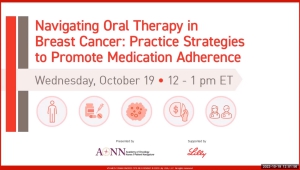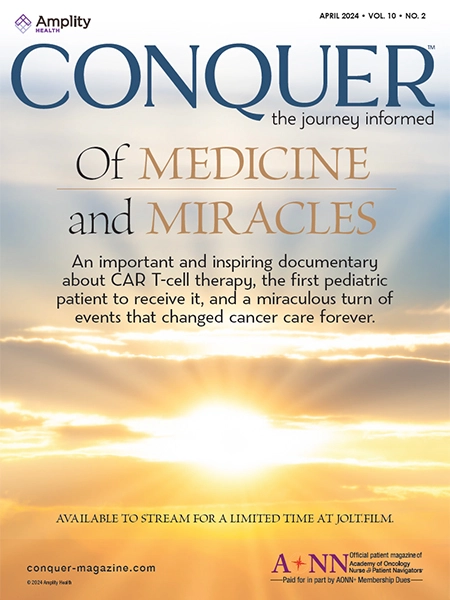Although less common than in older adults, adolescents and young adults (AYAs) aged 15 to 39 years can have breast cancer. A CDC-funded research study assessed the needs of historically underserved AYA populations and the impacts of social determinants on their health outcomes.
Social Determinants of Cancer Risks and Survival
Social determinants of health (SDH) are the non-medical factors that influence people’s health, functioning, and quality of life. Examples of SDH, among others, include income, education, unemployment and job insecurity, working life conditions, food insecurity, housing, early childhood development, and access to affordable health services.


















